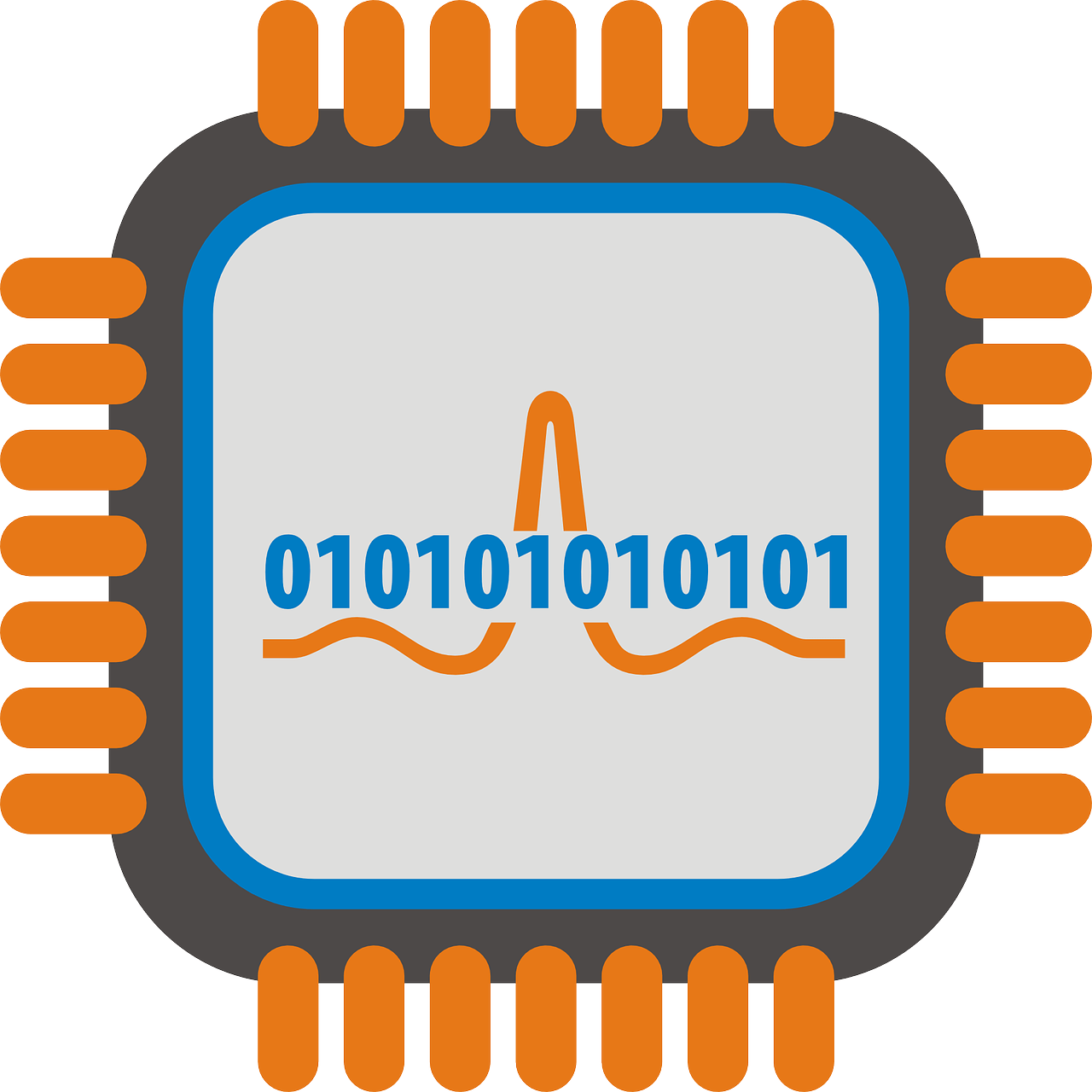This post may contain affiliate links which means I may receive a commission for purchases made through links. Learn more on my Private Policy page.
Welcome to an insightful article on understanding the different types of sensors for irrigation system automation. These sensors play a crucial role in modernizing and optimizing the irrigation process, ensuring that plants receive the right amount of water at the right time. From soil moisture sensors to weather sensors, each type of sensor serves a specific purpose in improving the efficiency and effectiveness of irrigation systems. By exploring the various sensors available, you will gain a better understanding of how automation can revolutionize your irrigation practices. Let’s delve into the world of sensors and discover how they can benefit your gardening or farming endeavors.
“Are you looking to automate your irrigation system but unsure about which sensors to use?”
When it comes to automating your irrigation system, choosing the right sensors is crucial for ensuring efficient and effective watering of plants. There are various types of sensors available on the market, each serving a specific purpose in monitoring and controlling the irrigation process. In this article, we will explore the different types of sensors commonly used in irrigation system automation to help you make an informed decision for your garden or farm.

“Soil Moisture Sensors”
Soil moisture sensors are perhaps the most essential sensors for irrigation system automation. These sensors measure the moisture content in the soil, providing crucial data on when to water your plants. By accurately monitoring the soil moisture levels, you can avoid overwatering or underwatering your plants, leading to healthier and more robust growth.
“Weather Sensors”
Weather sensors play a vital role in irrigation system automation by collecting data on environmental conditions such as temperature, humidity, wind speed, and sunlight intensity. This data is essential for adjusting irrigation schedules based on weather forecasts to ensure optimal water usage and plant health. Weather sensors can also help prevent unnecessary watering during rain or high humidity periods.
“Rain Sensors”
Rain sensors are specifically designed to detect rainfall and prevent unnecessary watering during wet weather conditions. These sensors automatically halt irrigation cycles when a certain amount of rainfall is detected, saving water and preventing waterlogged soil. Rain sensors are a cost-effective addition to any irrigation system, reducing water waste and promoting sustainable irrigation practices.
“Temperature Sensors”
Temperature sensors are critical for monitoring temperature fluctuations that can affect plant growth and water requirements. These sensors provide real-time data on air and soil temperatures, allowing you to adjust irrigation schedules accordingly. By incorporating temperature sensors into your irrigation system, you can ensure that your plants receive the optimal amount of water based on prevailing environmental conditions.

“Flow Sensors”
Flow sensors are used to measure the flow rate of water in irrigation systems, providing valuable data on water consumption and distribution. By accurately monitoring water flow, you can detect leaks, clogs, or other issues that may affect the efficiency of your irrigation system. Flow sensors help improve water usage efficiency, reduce water waste, and prevent over or under watering of plants.
“Pressure Sensors”
Pressure sensors are essential for monitoring water pressure within irrigation systems to ensure proper operation and distribution of water. These sensors detect fluctuations in water pressure, indicating potential issues such as leaks, blockages, or insufficient water supply. By incorporating pressure sensors into your irrigation system, you can maintain optimal water pressure levels for efficient and effective watering of plants.

“Light Sensors”
Light sensors are used to measure the intensity of sunlight in the environment, providing valuable data on light levels that affect plant growth and development. These sensors help determine the amount of sunlight received by plants, allowing you to adjust irrigation schedules based on light requirements. Light sensors are especially useful for greenhouse or indoor gardens where natural sunlight may be limited.
“Humidity Sensors”
Humidity sensors measure the amount of moisture in the air, providing essential data on atmospheric humidity levels that affect plant health. These sensors help determine the relative humidity around plants, allowing you to adjust irrigation schedules to prevent under or overwatering. By incorporating humidity sensors into your irrigation system, you can create a more conducive environment for plant growth and development.
“Choosing the Right Sensors for Your Irrigation System”
When selecting sensors for your irrigation system automation, it’s essential to consider the specific needs of your plants, soil, and environmental conditions. Different types of sensors serve different purposes, so you must choose the ones that best suit your requirements. Consult with a professional or do your research to determine which sensors are ideal for your specific situation.
“Installation and Maintenance of Sensors”
Proper installation and maintenance of sensors are crucial for the reliable operation of your irrigation system. Ensure that sensors are correctly positioned in the soil or environment to provide accurate data. Regularly check and calibrate sensors to ensure they are functioning correctly and delivering precise measurements. By following proper installation and maintenance procedures, you can maximize the efficiency and effectiveness of your irrigation system automation.
In conclusion, understanding the different types of sensors available for irrigation system automation is essential for optimizing water usage, promoting plant health, and achieving sustainable irrigation practices. By incorporating the right sensors into your irrigation system, you can ensure efficient and effective watering of plants, leading to healthier and more robust growth. Choose sensors that best suit your specific needs and environmental conditions to enjoy the benefits of automated irrigation in your garden or farm.
This post may contain affiliate links which means I may receive a commission for purchases made through links. Learn more on my Private Policy page.
